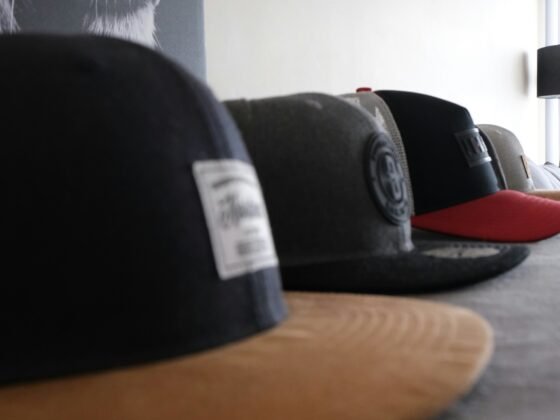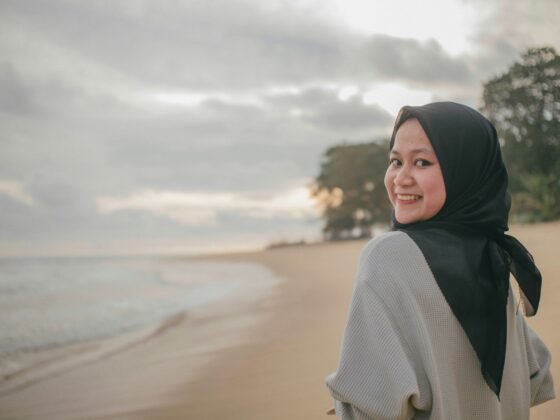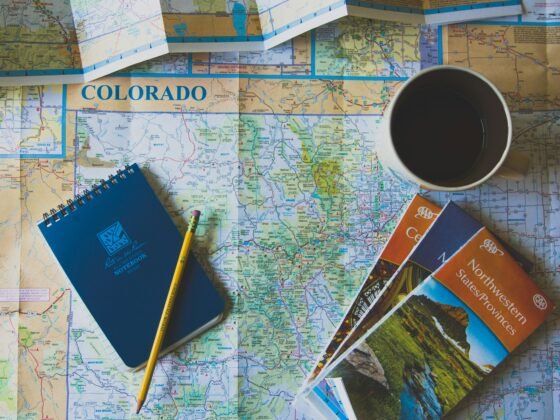People living in Western Europe often think that they need to fly for six or seven hours to visit anywhere exotic. Yet only a few hours away in North Africa lies one of the most exotic and fascinating destinations to be found anywhere in the World. Morocco.
Its cities, especially the Berber cities of Fez, Meknes and Marrakech, offer souks, riads and mosques fused with the gillies, the French quarters build during their colonial stay. A long and wild coastline runs along its northern and western edges, lapped by both the Mediterranean and the Atlantic Ocean. Small fishing villages are sprinkled along it, fortified against generations of sea raiders and many still with a timeless air.
Morocco’s landscape are no less impressive. To the south lies the Sahara desert, vast dunes of sand remorselessly moving across the landscape. From the southern towns of Ouazazate and Zagora you can head off on desert safaris, either travelling by Traditional camel and camping out under the stars, or in 4×4’s journeying from oasis to oasis. Be warned; camels can be very temperamental and have terrible smelling breath!
The stark, desolate landscape to the north of Ouazazate are also popular with film makers. The ruined village of Ait Benhadou has been used in many films, including Gladiator and Lawrence of Arabia. The landscapes have been used to represent many other countries, including the Holy Lands in Kingdom of Heaven and Persia in Alexander.
Many people are unaware of the mountains that run across Morocco as a huge spine. Starting in the North-East , the main range runs through the Central Atlas area to the High Atlas, home to Mt. Toubkal, which at 4,167 m. is the highest peak both in Morocco and North Africa. During the winter months it is covered in snow, making the use of ice axes and crampons essential, while the rest of the year it is a sapping climb up seemingly never-ending scree slopes. The view from the top however makes it all worthwhile, with long views in either direction along the chain and out over the central plains.
This area of the High Atlas is very popular with trekkers and can get very busy. For those who want to get away from it all there are other areas to consider. The Central Atlas, based around the Bougamez valley, offers hidden villages, irrigated fields of vivid green against the rocky hill-sides and upland plateaus. It main peak is Jebel Mgoun.
Away from the main chain there are destinations that offer walking during the winter months when the main peaks are snow-bound. The Anti-Atlas, to the south-west, near the small town of Taroudant, while not being so high are authentically Berber. Further inland is the Jebel Sahro, a semi-desert region of jagged rocky outcrops and deep gorges, populated only by nomadic tribesmen whose woollen tents can be visited as you pass.
And don’t forget those cities. Sitting ion the cafe de France, looking out from its terrace over the Jhem d’Efna square, is an amazing experience. As the sun sets it comes alove with vendors selling food – kebabs of fatty lamb cooked over clay troughs of charcoal along side corn cobs and sliced aubergine. water sellers wander through the crowds, these days more interested in selling photo opprtunities than their traditional water. Acrobats, sword eaters, drummers, even the occasional whirling dervishes all perform to the crowds who prominade in the cool of evening.
Leaving here you can wander in the souks, a seemingly never ending warren of alleys and streets that twist and turn their way through the maze of the old city. A battered door will stand open, showing an ornate courtyard of inlaid marble shaded by fruit trees, an oasis of calm as unexpected as what lies around most corners.
It is a country of excitement, of adventure and discovery, all offered with a wide range of excellent accommodation and services. If you wish to sleep beneath the stars or enjoy a luxury riad, its all there to be enjoyed.












